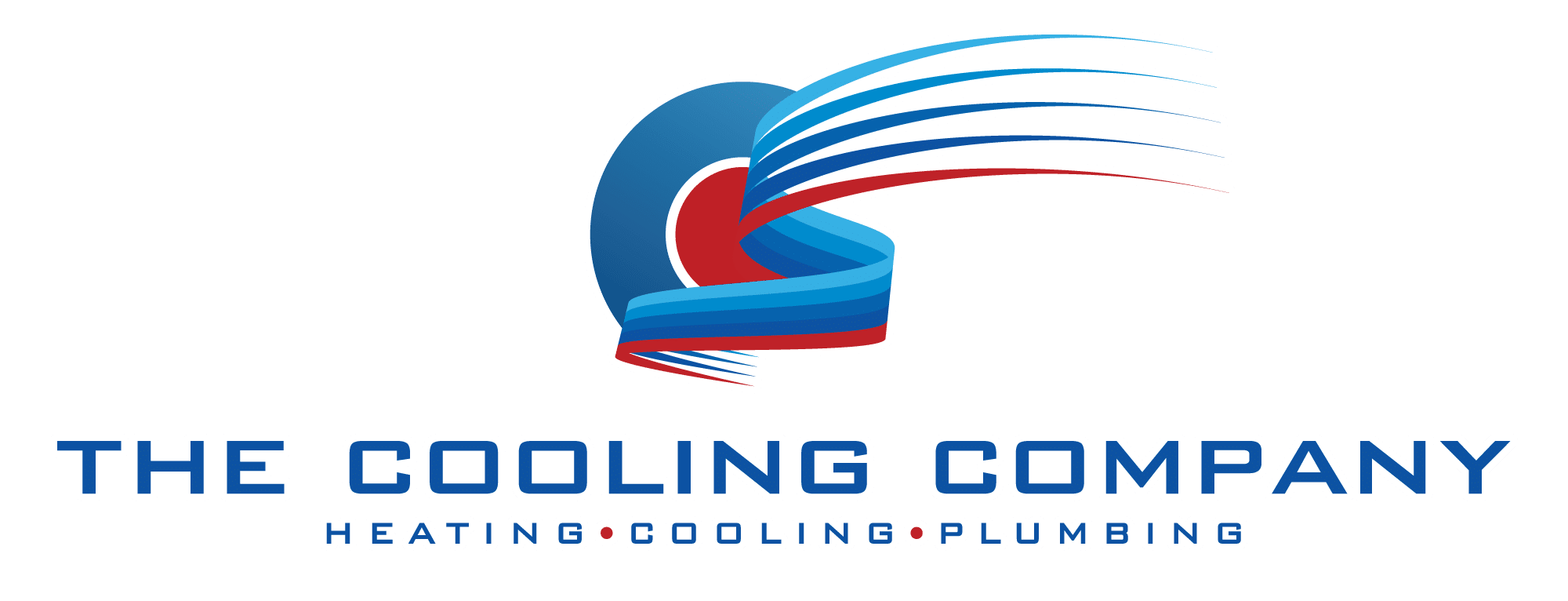Split air conditioners, also known as ductless mini-split systems, are a favorite for their energy efficiency, quiet operation, and ability to cool specific rooms without ductwork. But like all AC systems, they need regular cleaning to deliver peak performance, keep your air fresh, and extend system life.
Neglecting maintenance can lead to reduced airflow, higher energy costs, unpleasant odors, and even mechanical breakdowns. In this detailed guide, we’ll walk you through every step of cleaning your split AC, from the indoor air handler to the outdoor condenser. We’ll also share recommended tools, mold prevention strategies, a maintenance schedule, and common mistakes to avoid. For a complete overview of AC care, visit our How to Clean Air Conditioner hub.
Understanding the Components of a Split AC
A split AC is made up of two main sections connected by refrigerant lines and electrical wiring:
- Indoor Unit: Houses the evaporator coil, air filters, blower fan, and adjustable louvers.
- Outdoor Unit (Condenser): Contains the compressor, condenser coil, and cooling fan to release heat outdoors.
Each section plays a vital role in cooling your home. Cleaning them regularly ensures efficient heat transfer, smooth airflow, and reduced strain on the compressor.
Safety First
- Power Down: Switch off the AC at the breaker and unplug the indoor unit if possible.
- Protective Gear: Wear gloves, a dust mask, and safety glasses to protect from dust, allergens, and sharp edges.
- Proper Ladder Use: Indoor units are often mounted high—use a stable ladder and have someone assist you.
- Read the Manual: Follow manufacturer-specific instructions to avoid damaging sensitive components.
Cleaning the Indoor Unit
1. Remove and Clean the Filters
The filters are your first line of defense against dust, pet hair, and airborne particles. Clogged filters reduce airflow and force your AC to work harder.
- Turn off and unplug the unit.
- Lift the front cover until it locks in place.
- Remove the filter screens and tap them gently to dislodge loose dust.
- Vacuum both sides with a brush attachment.
- Wash washable filters with mild detergent and lukewarm water; rinse thoroughly.
- Air dry completely before reinstalling—never reinstall a damp filter.
For a full breakdown of filter maintenance, see our AC Filter Cleaning Guide.
2. Clean the Evaporator Coil
The evaporator coil absorbs heat from your indoor air. Over time, dust and grime insulate the coil, reducing efficiency.
- With filters removed, locate the coil behind them.
- Use a soft brush or handheld vacuum to remove loose debris.
- Spray a no-rinse coil cleaner evenly across the coil surface.
- Allow the cleaner to foam and loosen dirt for 5–10 minutes.
- Wipe gently with a microfiber cloth if needed, avoiding damage to the fins.
More on coil care: How to Clean AC Coils.
3. Clean the Blower and Louvers
The blower fan moves air through the system, while louvers direct the airflow. Dust buildup here spreads allergens and reduces cooling power.
- Wipe louvers with a damp cloth.
- Use a small brush or compressed air to clean blower fan blades.
- For heavy buildup, consider professional cleaning.
Cleaning the Outdoor Condenser Unit
The condenser expels heat outdoors. If its coil and fins are clogged, your AC will run longer and consume more energy.
- Shut off the breaker to the outdoor unit.
- Clear away leaves, grass, and debris within a 2–3 foot radius.
- Remove the top panel and lift it carefully to avoid stretching fan wires.
- Vacuum the condenser fins gently with a brush attachment.
- Spray from the inside out with a garden hose to flush dirt away.
- Straighten bent fins with a fin comb.
Tools and Cleaning Agents
- Soft brush and microfiber cloths
- Vacuum with brush attachment
- Non-acidic coil cleaner
- Fin comb
- Bucket with mild detergent
- Gloves, mask, and safety glasses
Preventing Mold and Odors
- Run the unit in “dry” mode periodically to reduce humidity.
- Keep the drain line clear—flush with a vinegar solution every few months.
- Clean filters more frequently in humid climates.
- Wipe down interior surfaces during each cleaning.
Maintenance Schedule
- Filters: Every 2–4 weeks during use.
- Evaporator Coil: Every 3–6 months.
- Condenser Coil: Every 6–12 months.
- Professional Check: Once yearly for refrigerant levels and deep cleaning.
Troubleshooting Common Split AC Issues
- Weak airflow: Likely clogged filters or a dirty blower—clean both.
- Bad odors: May be mold—clean coils and drain line thoroughly.
- Excessive noise: Could be loose fan blades or debris in the blower.
- Ice buildup: Often due to restricted airflow or low refrigerant—clean filters and coils, then call a technician if ice persists.
Common Mistakes to Avoid
- Skipping the power-off step—always shut off before cleaning.
- Using a pressure washer—too strong for delicate fins and coils.
- Reinstalling damp filters—promotes mold growth.
- Neglecting the outdoor unit—half of your system is outside and needs care too.
Conclusion
Cleaning a split AC isn’t complicated, but it does require attention to detail. Regular maintenance of the indoor filters, evaporator coil, blower, louvers, and the outdoor condenser keeps your system efficient, your indoor air clean, and your energy bills lower. Stick to a seasonal cleaning schedule and address small issues quickly to prevent costly repairs.
For a complete AC maintenance plan and additional cleaning guides, visit our full AC cleaning guide.



